
Death has become one of our biggest problems, particularly in urban areas. Cemeteries are filling up rapidly, and cremation blasts huge amounts of greenhouse gasses into the atmosphere. What if people could use their bodies, once they no longer needed them, to promote environmental growth and positive change, though?
Well, that’s what Katrina Spade is working on; recycling human compost.
While it might seem a trifle ghoulish, Spade’s current project is meant to show that human bodies (just like the bodies of deceased animals on farms) can be turned into compost. The project, going on at Western Carolina University, aims to provide a positive solution to death, and to complete the circle of life.
The setup is pretty simple, actually. Bodies donated for the project as placed on a bed of wood chips, and then covered with more of the same. The body is high in nitrogen, and the wood chips are rich in carbon. If you add heat to the mixture, then the natural processes will break down the body in relatively short order. What’s left will be material that’s rich in nutrients, and which can help give new life to plants.
Is It Hygienic?
The idea of human compost immediately makes most people think of awful smells and the disgusting process of putrefaction. However, with Spade’s setup, everything is as clean as can be. There’s no smells, no unused waste, and even a body’s bones will be reduced under this system (bones take longer than tissue, but they will break down in time).
The question of whether or not it will work is a bit of a foregone conclusion since we have been composting animals for years. The real question is whether or not the benefits of human composting present a real solution to the waste produced by death? If we as a society can accept a solution that, while useful and actionable, sounds like something out of Brave New World.














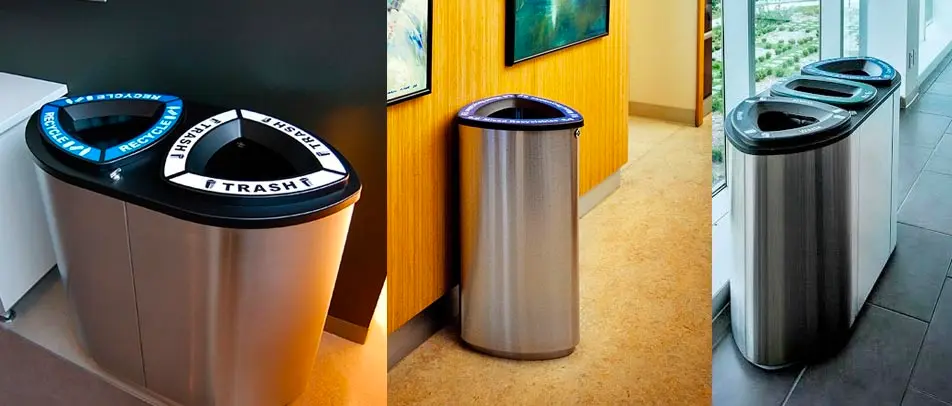
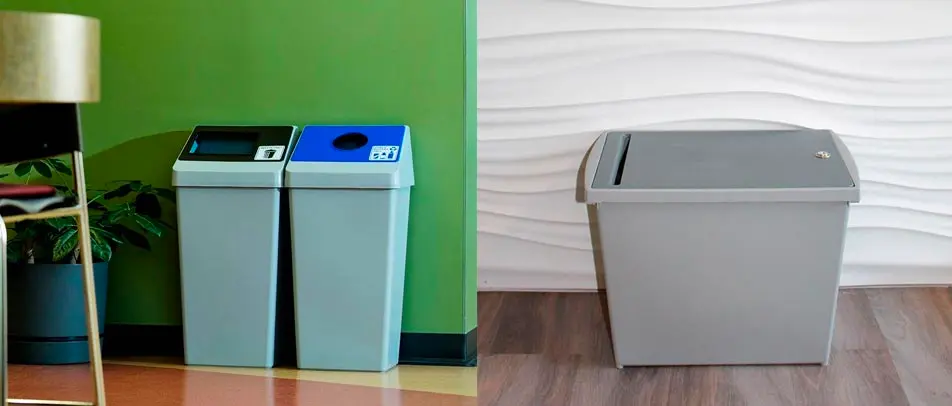


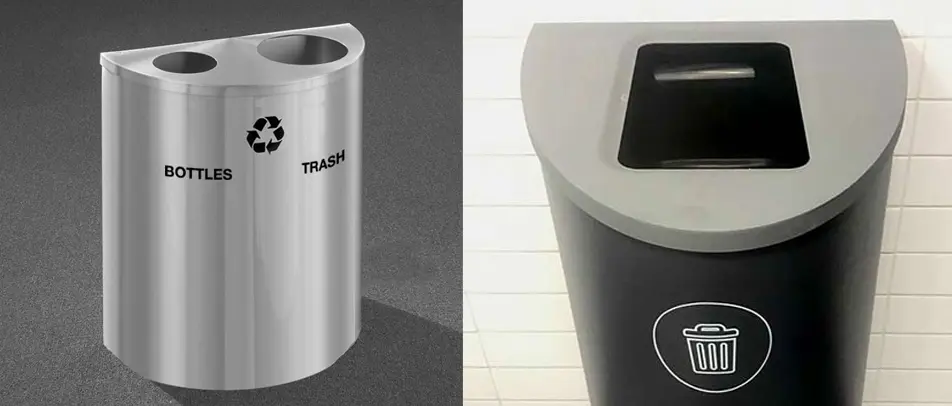


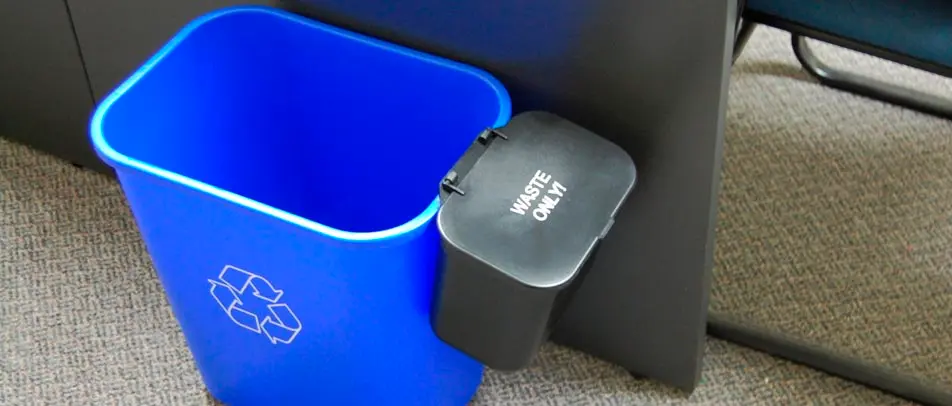
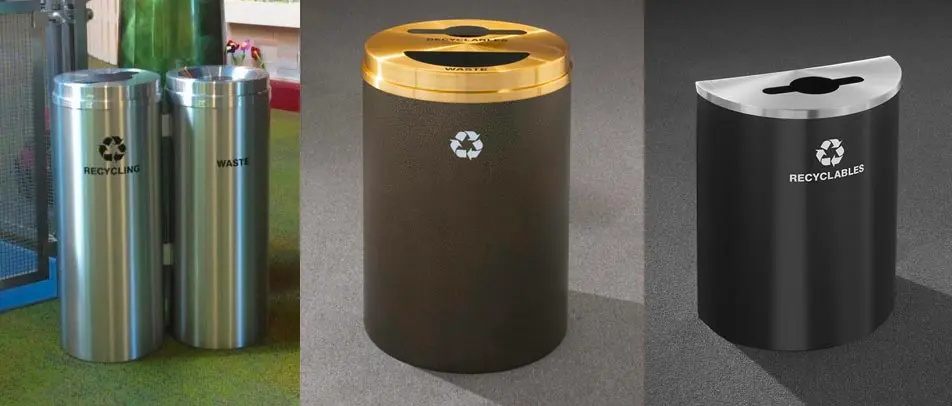
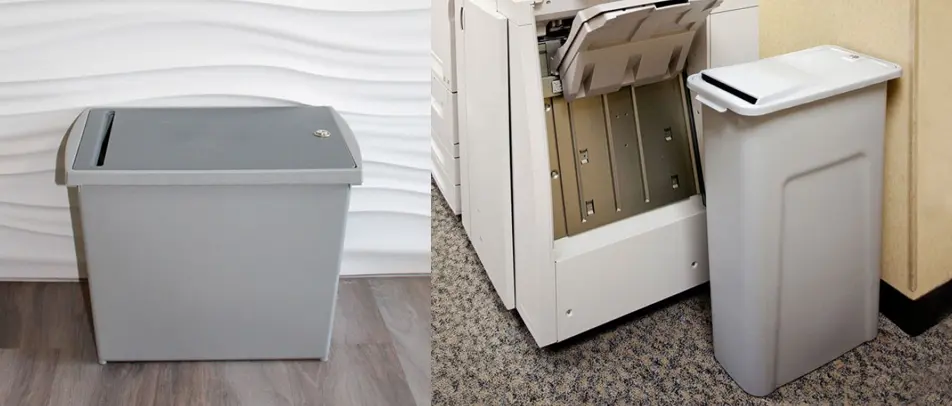

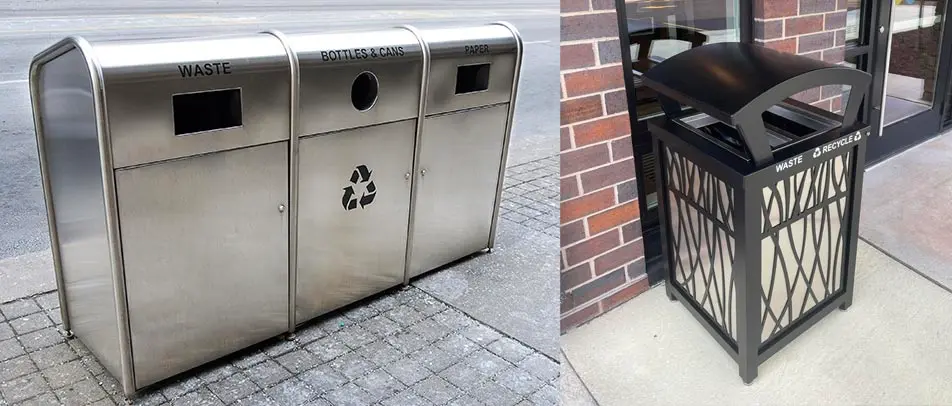



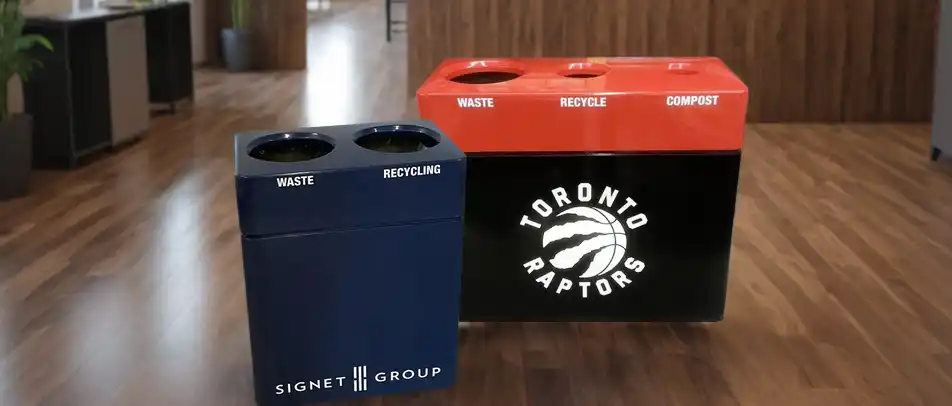



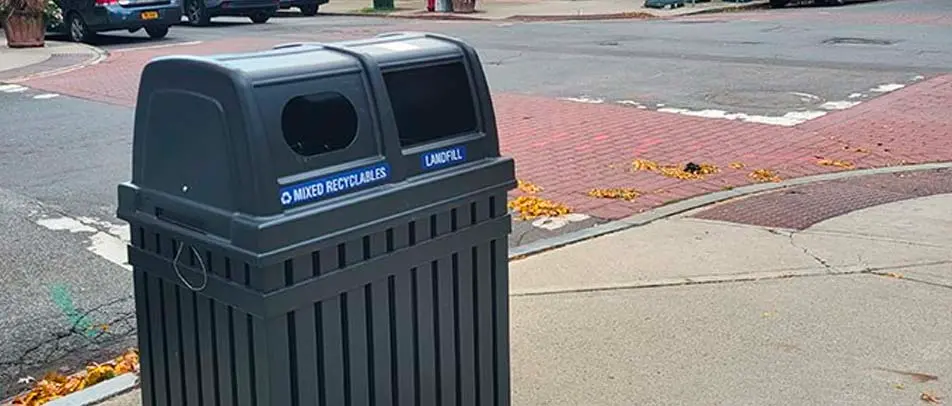
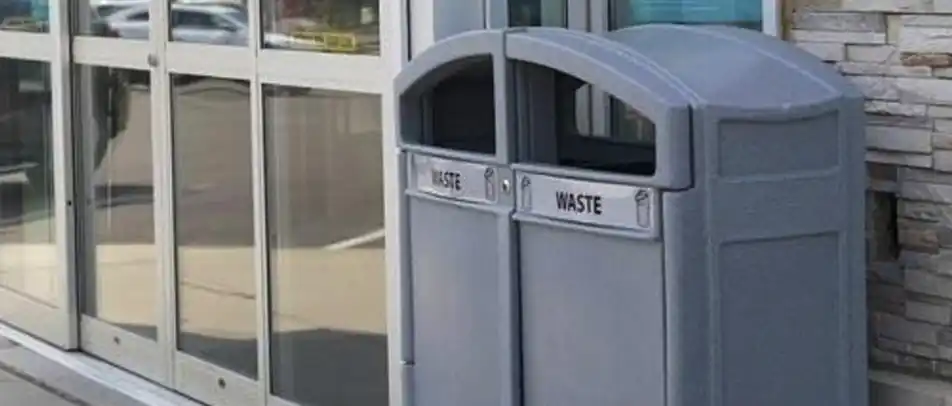
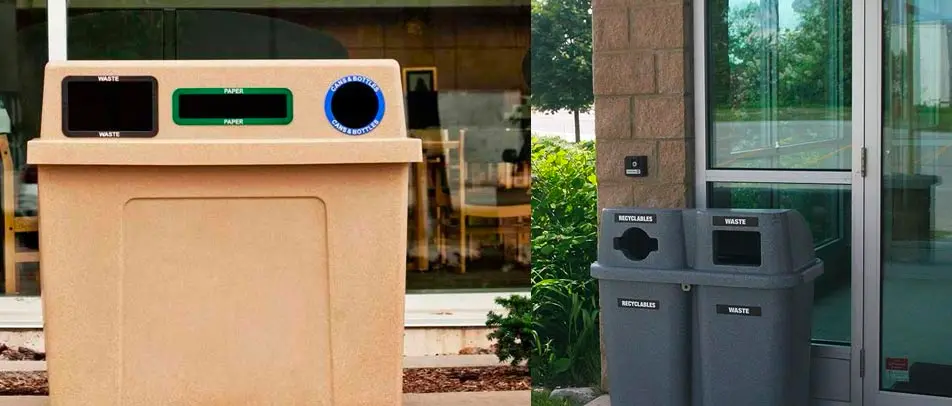
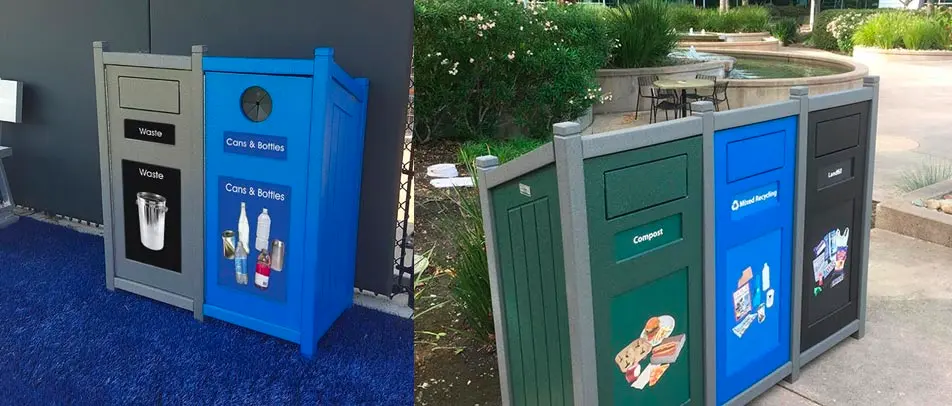
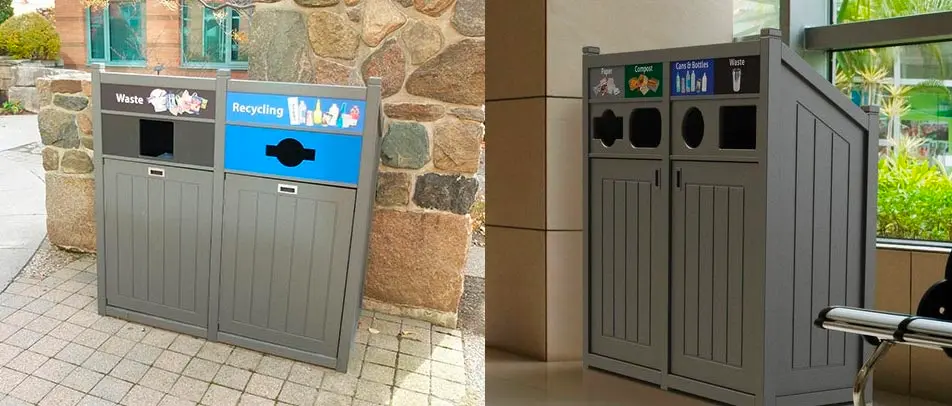



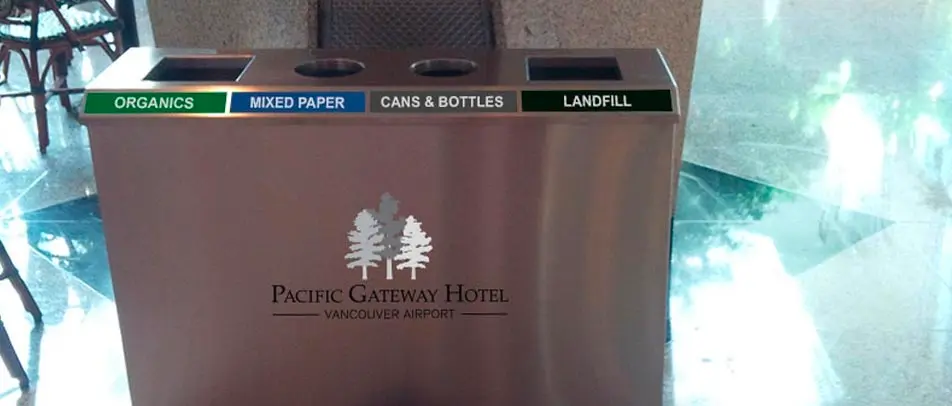

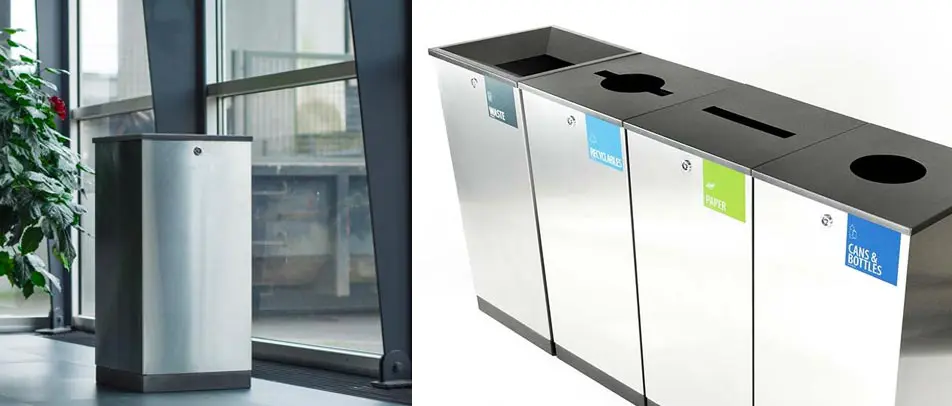
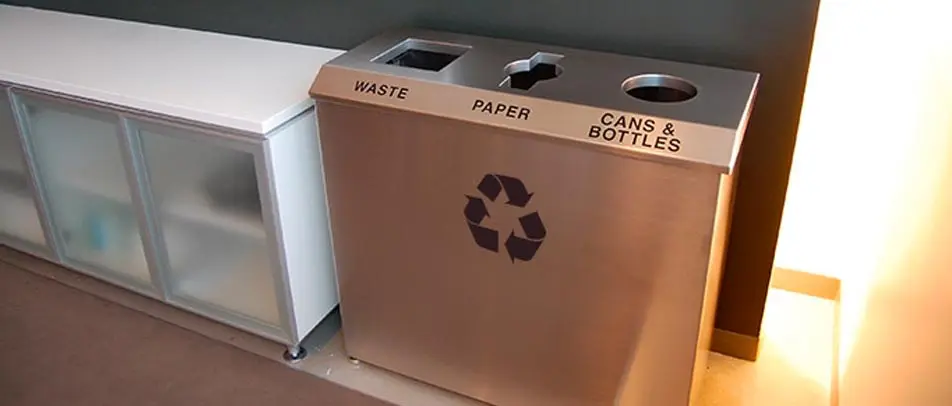
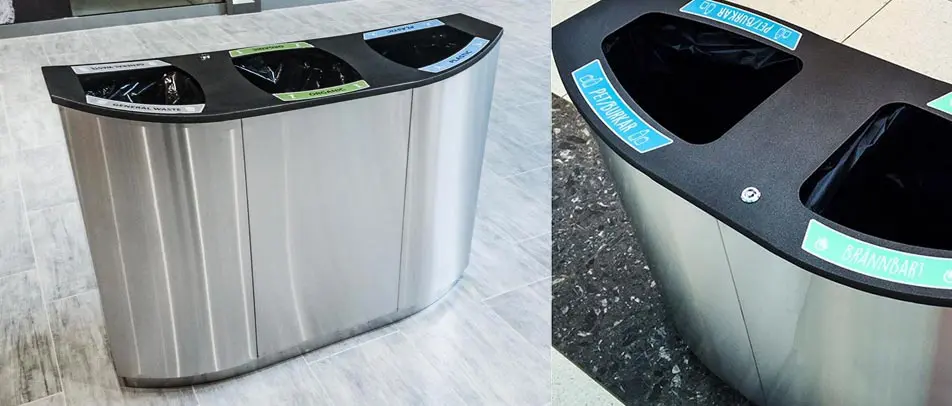

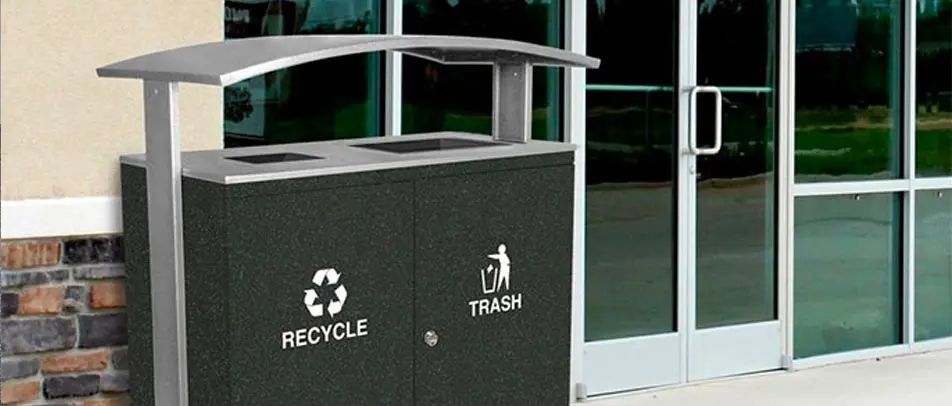
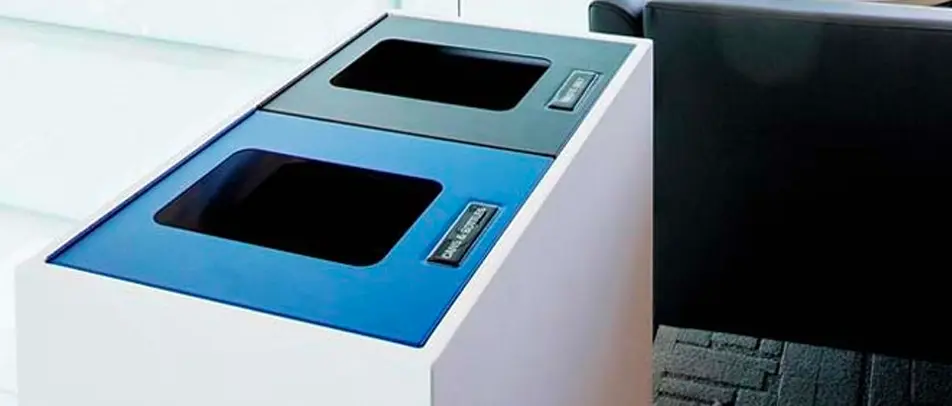
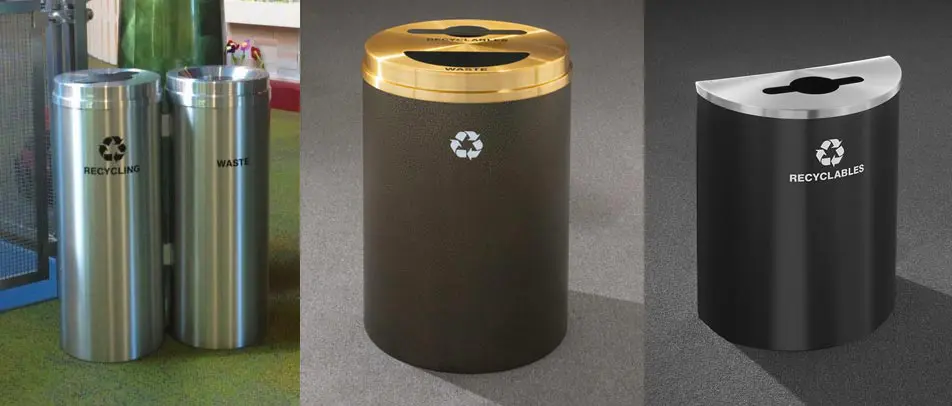

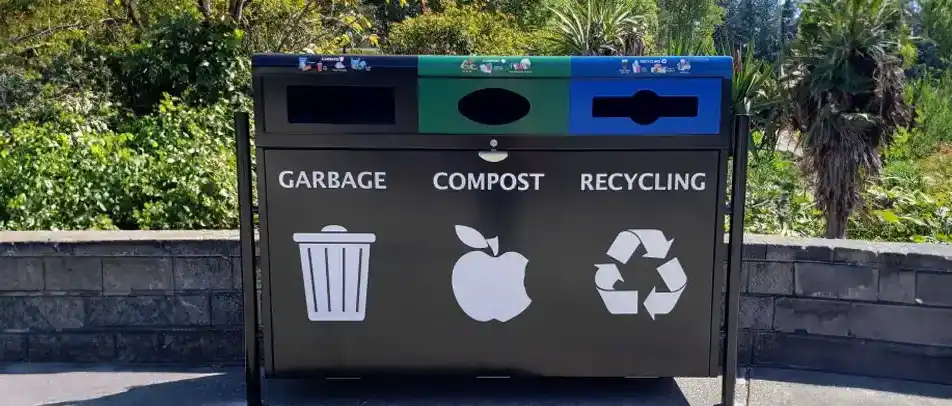
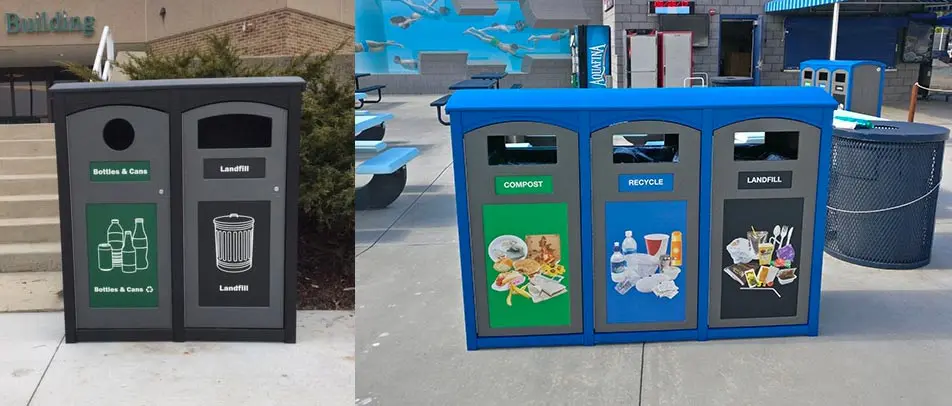
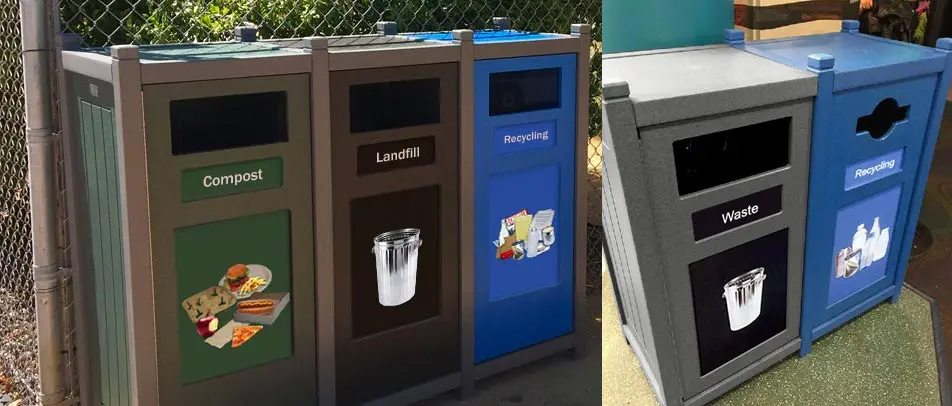


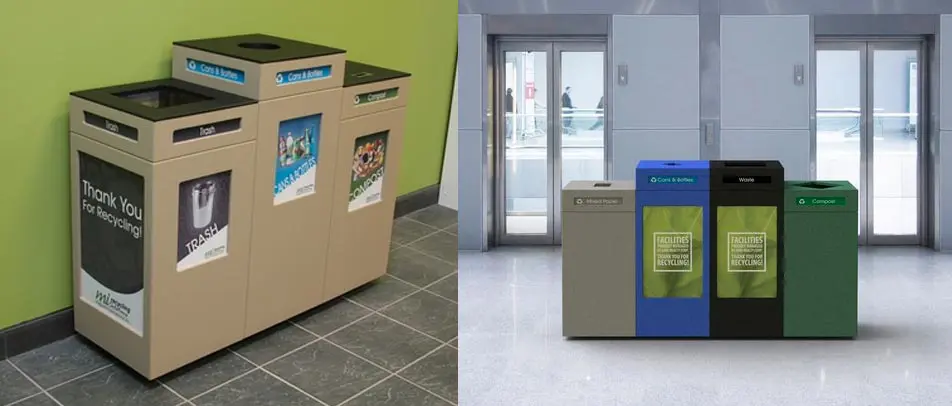
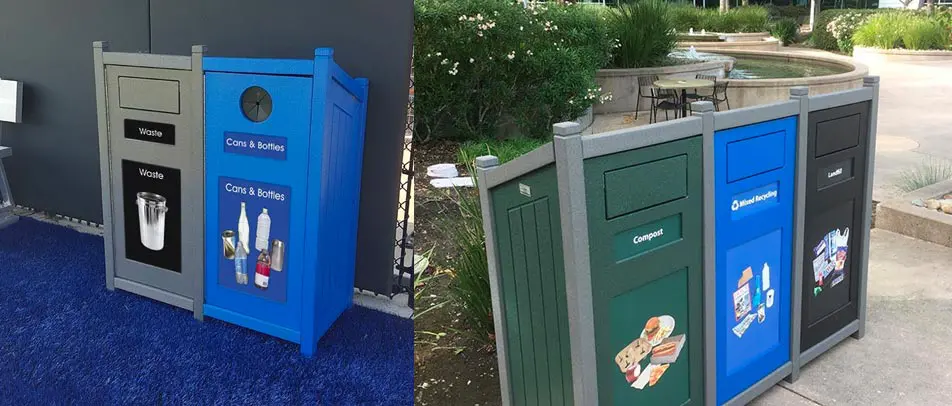
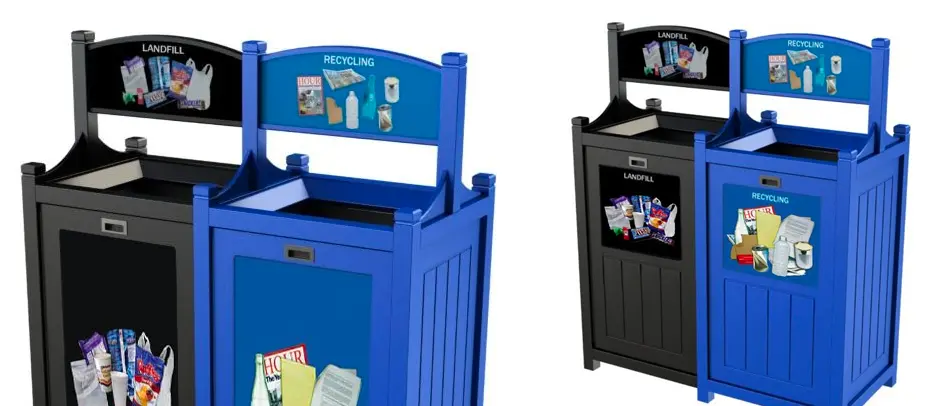


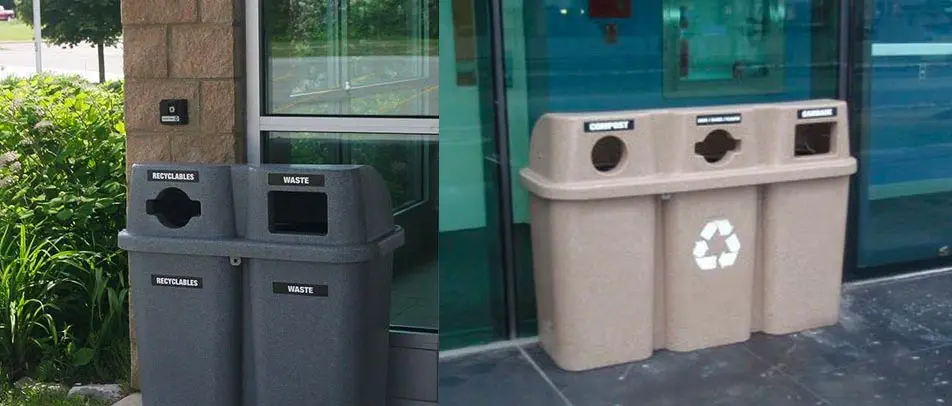
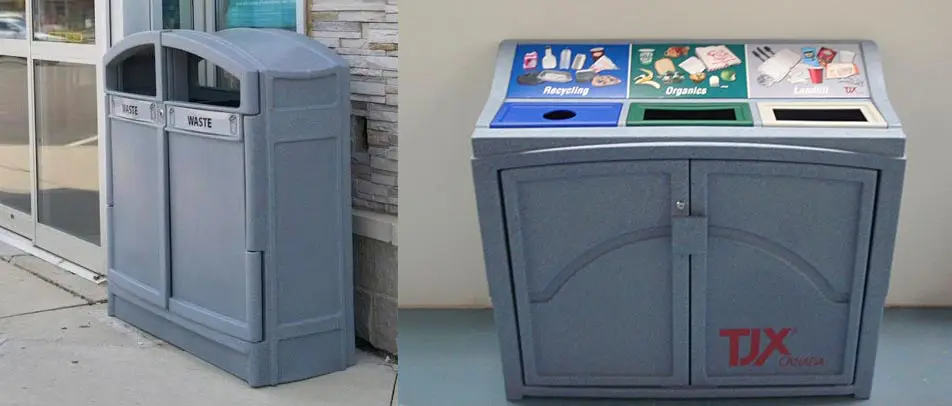
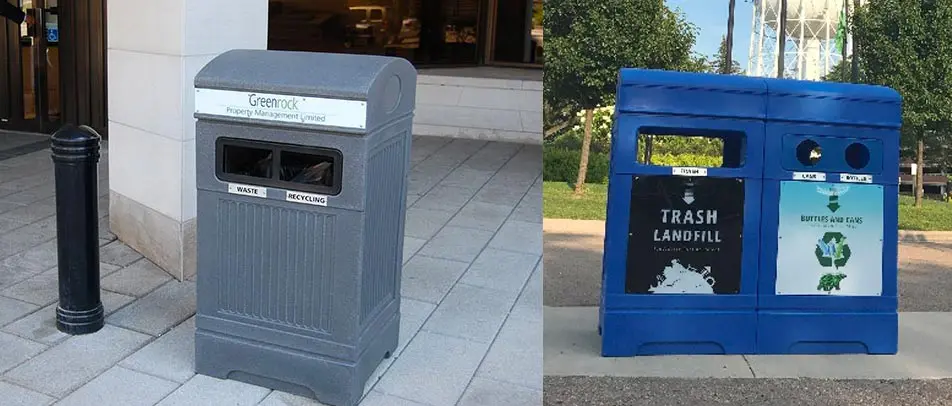
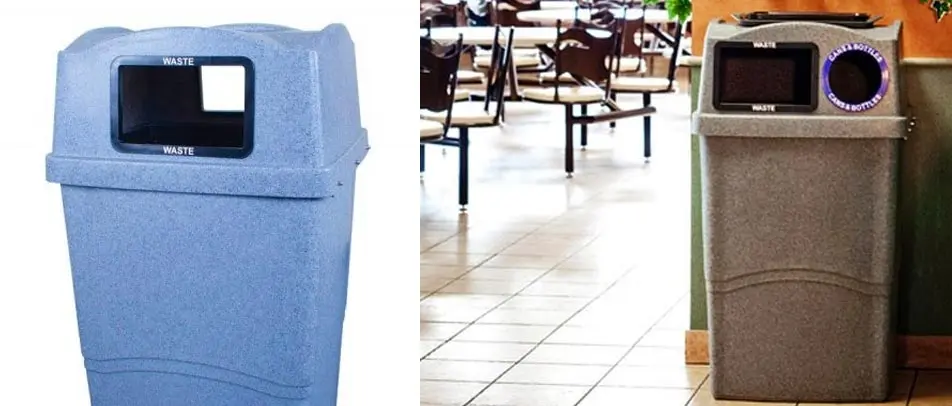
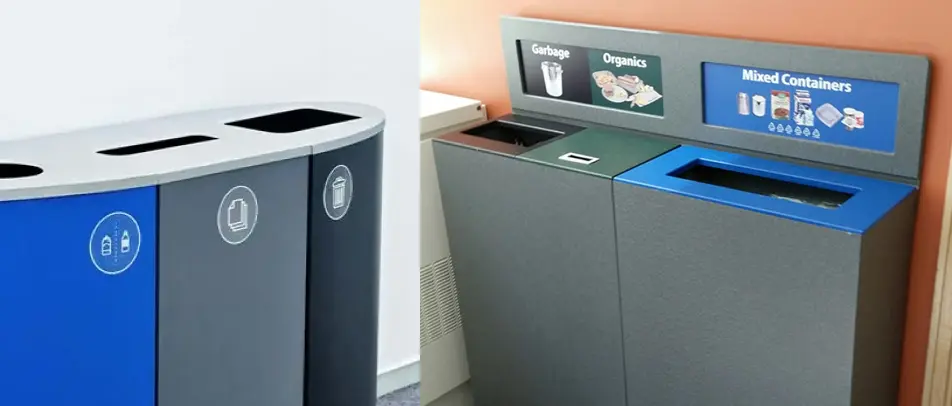
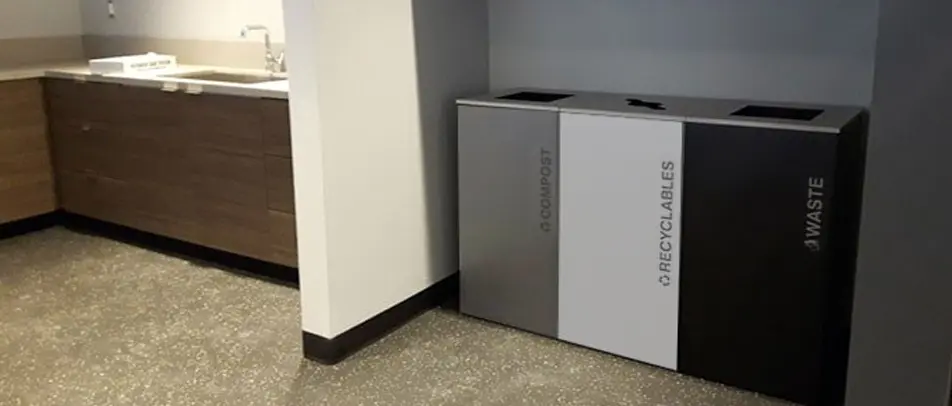
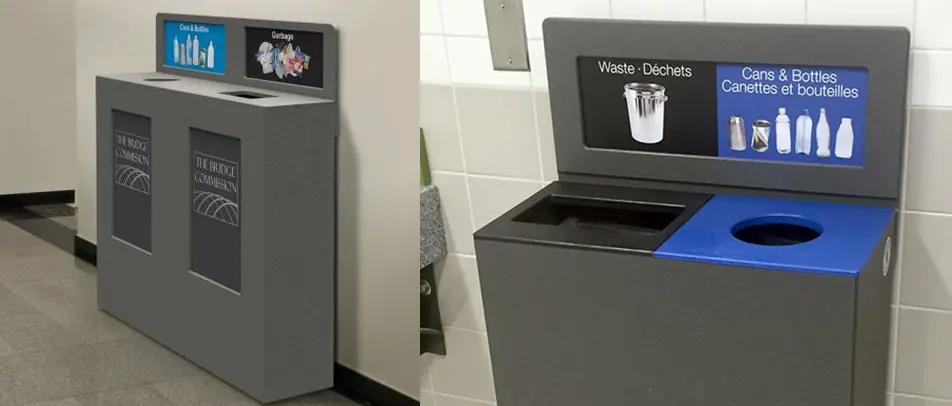
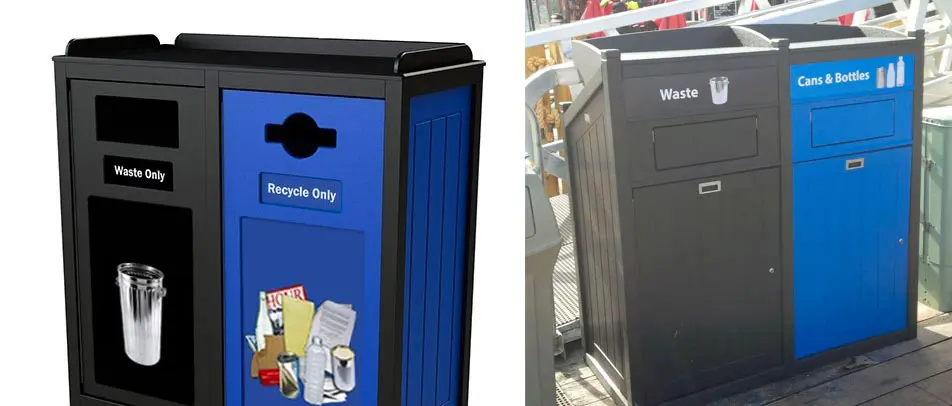
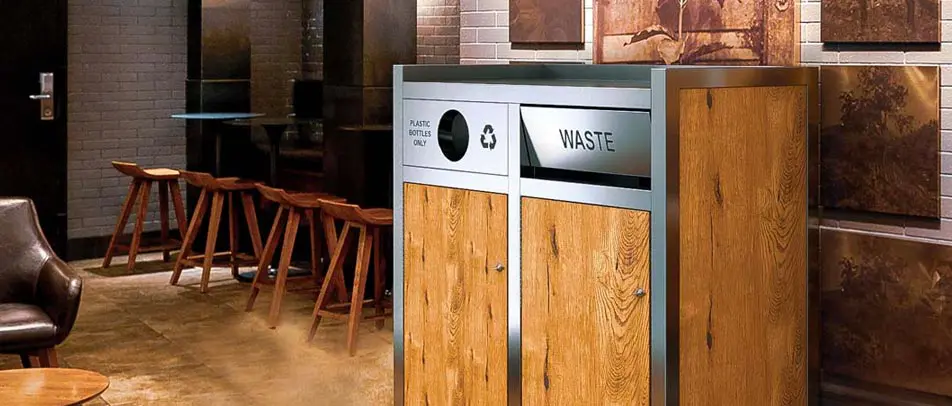





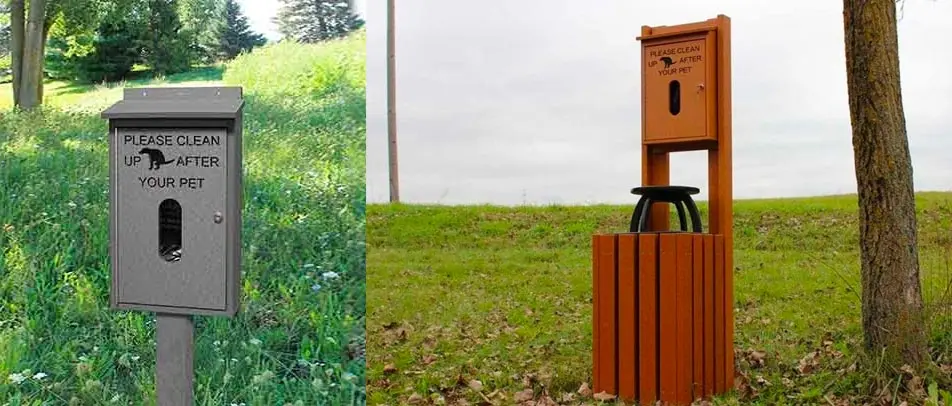


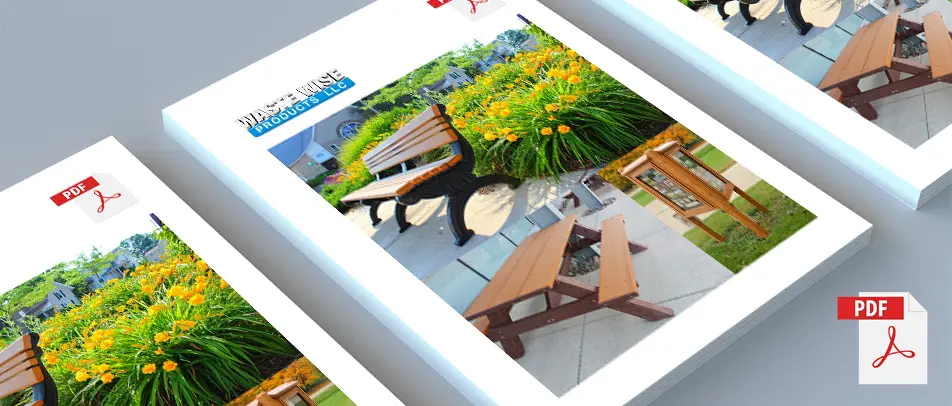

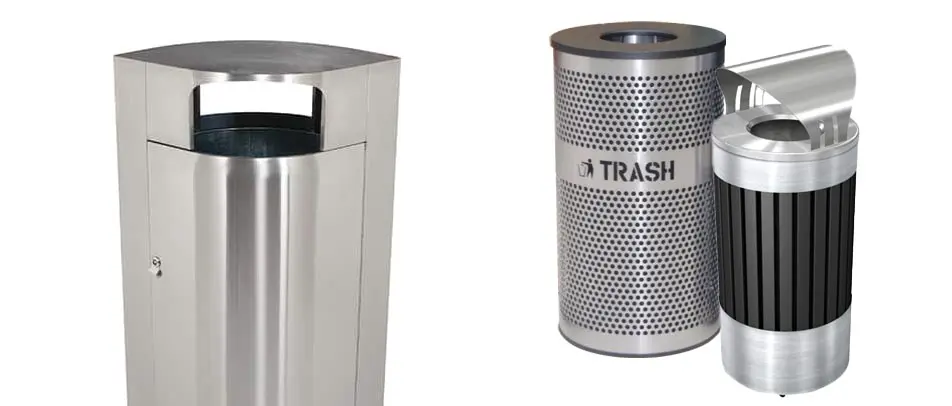

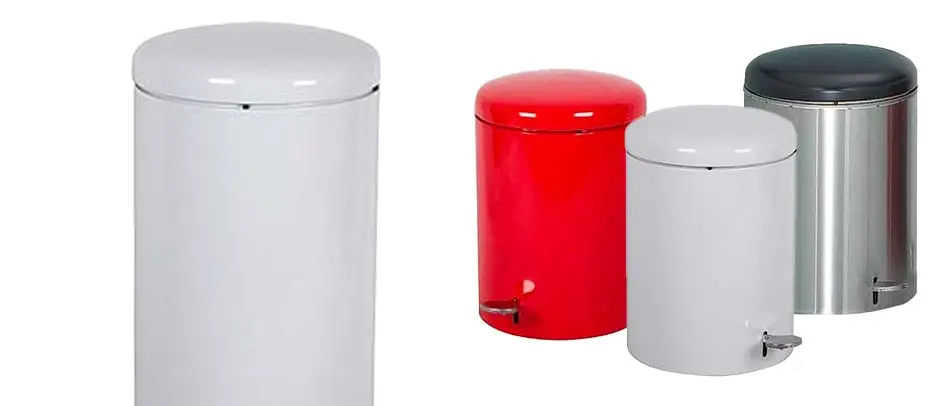





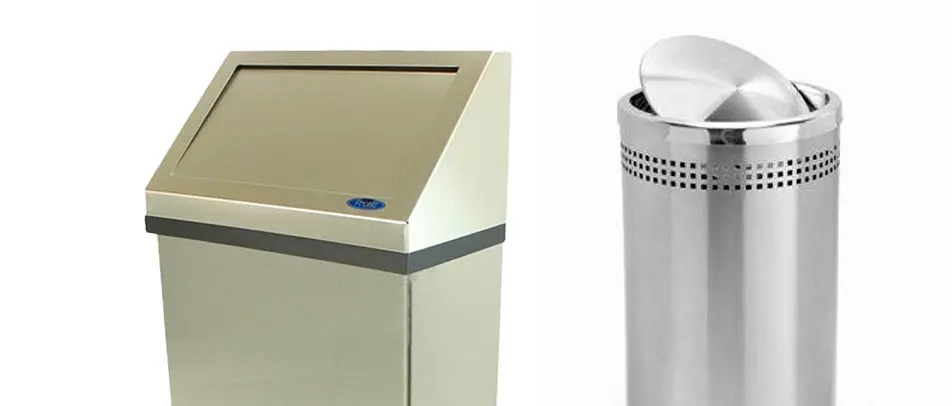

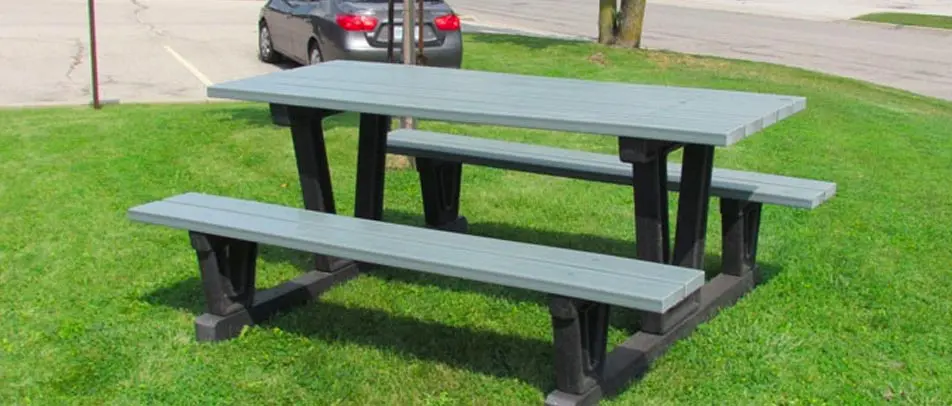





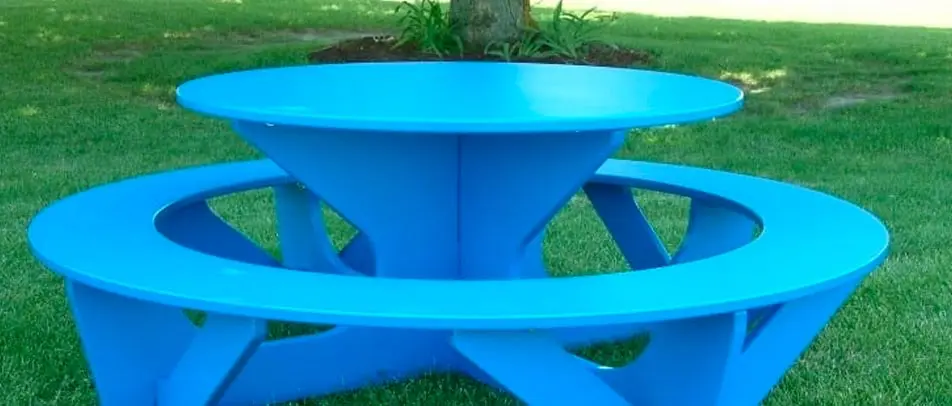
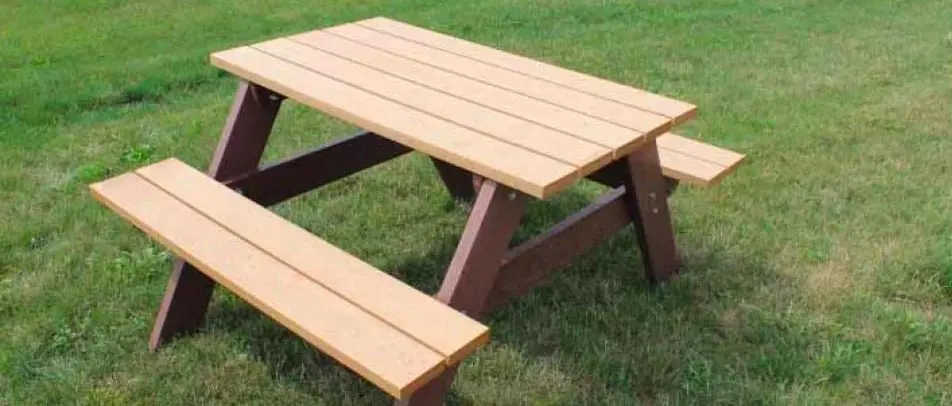
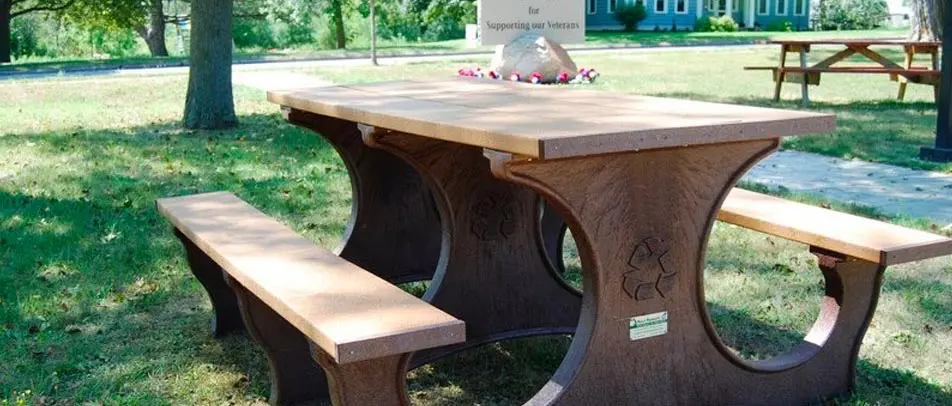
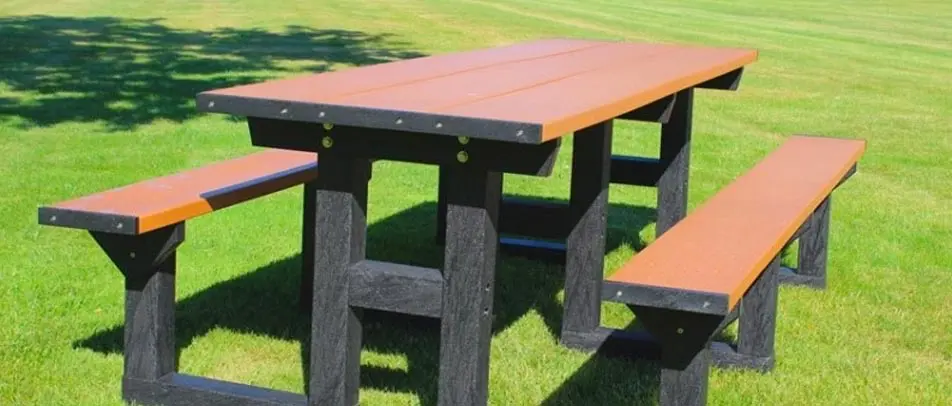

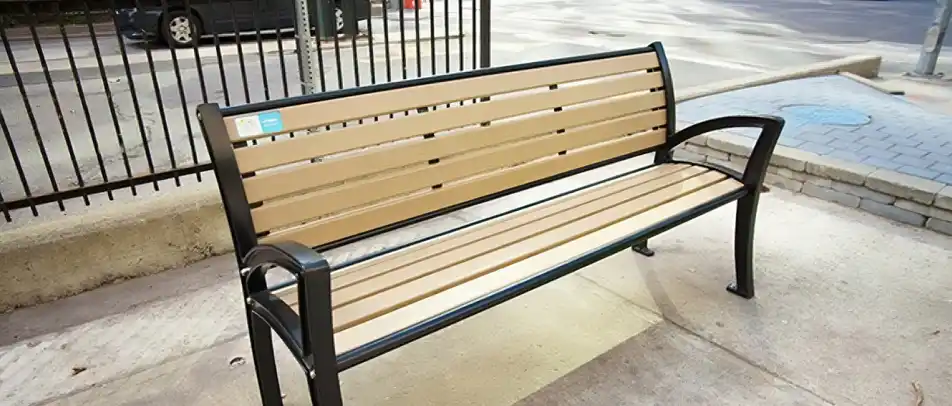

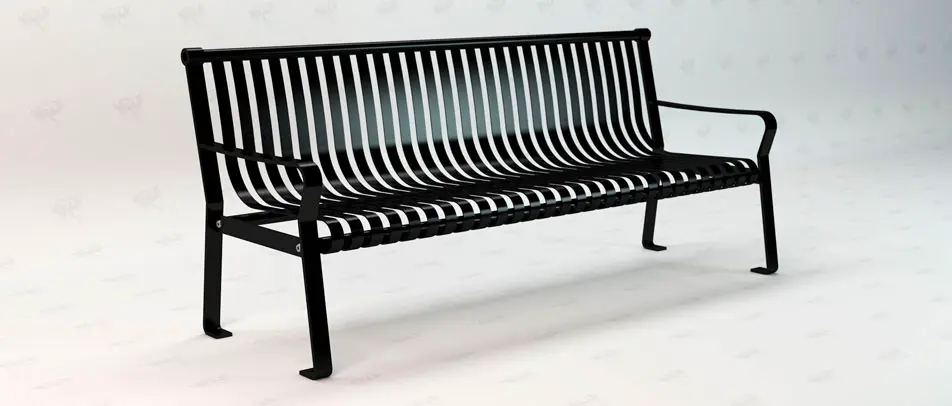
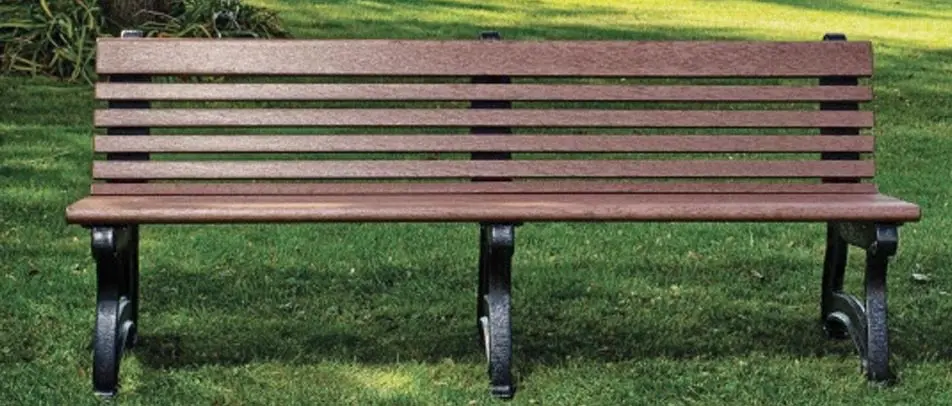
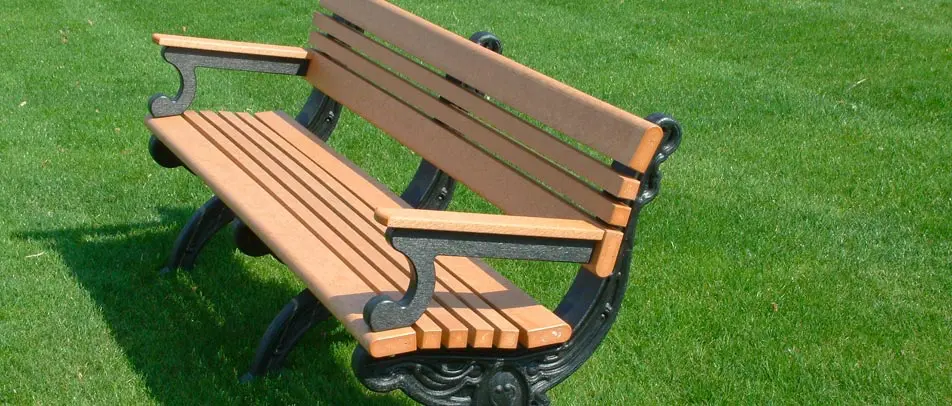
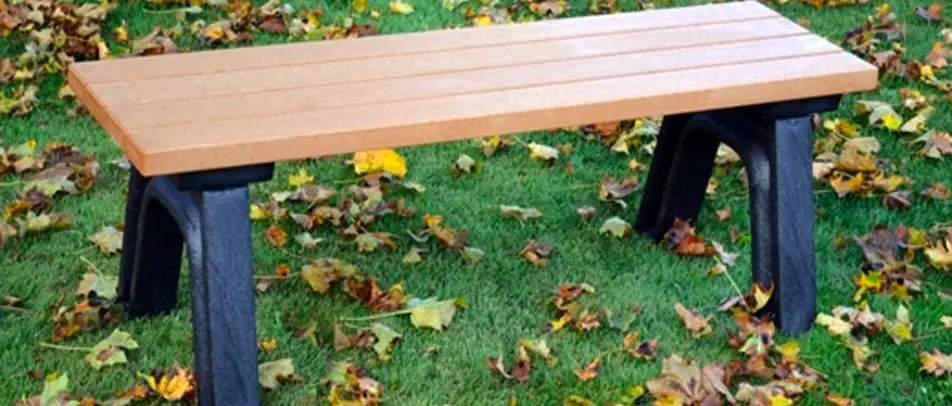
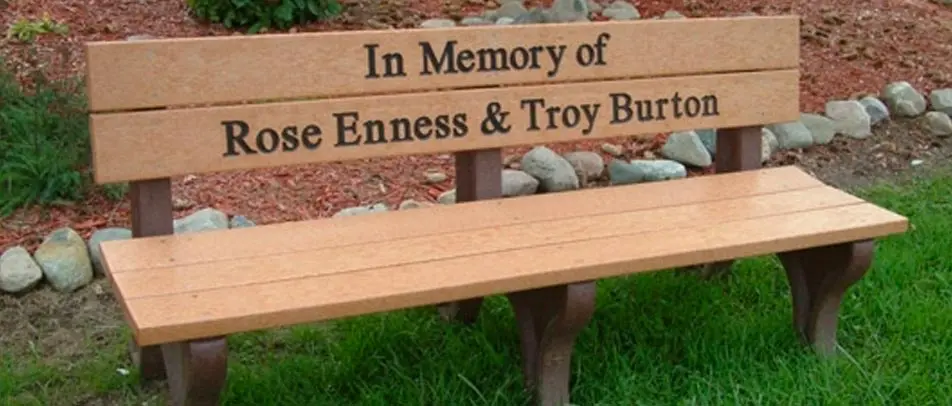



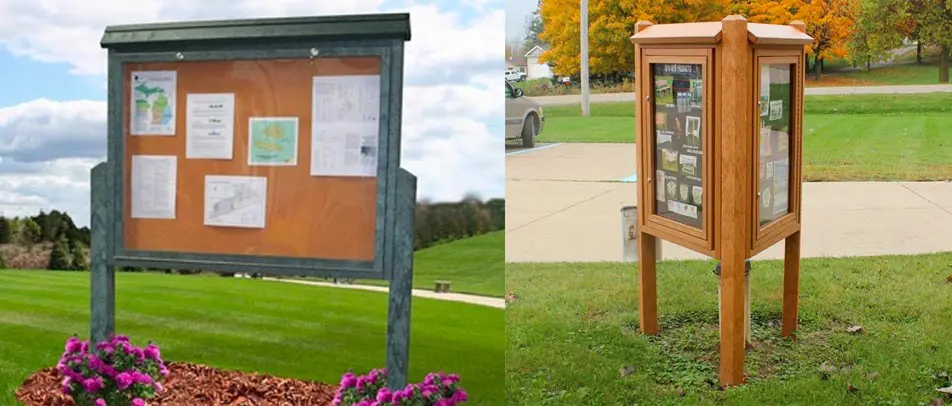
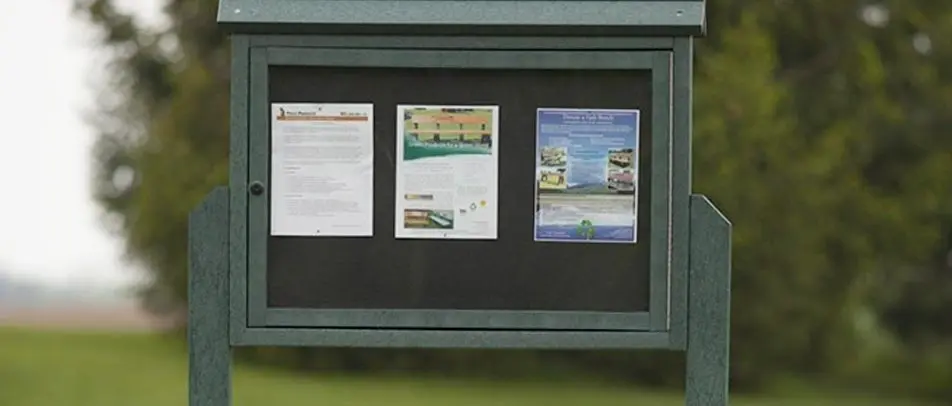
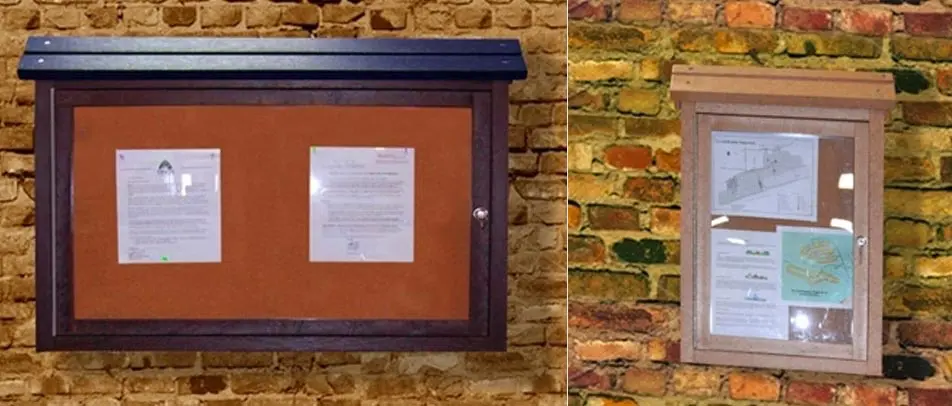


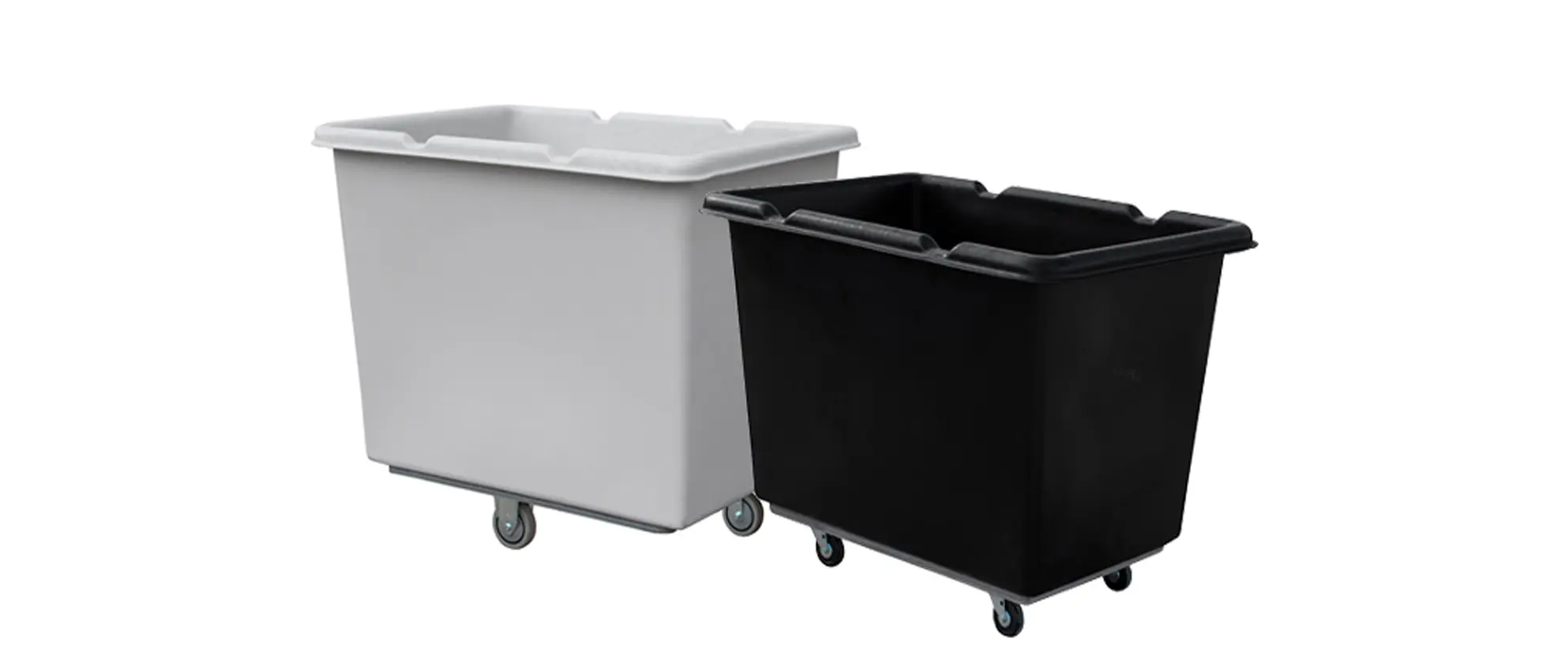




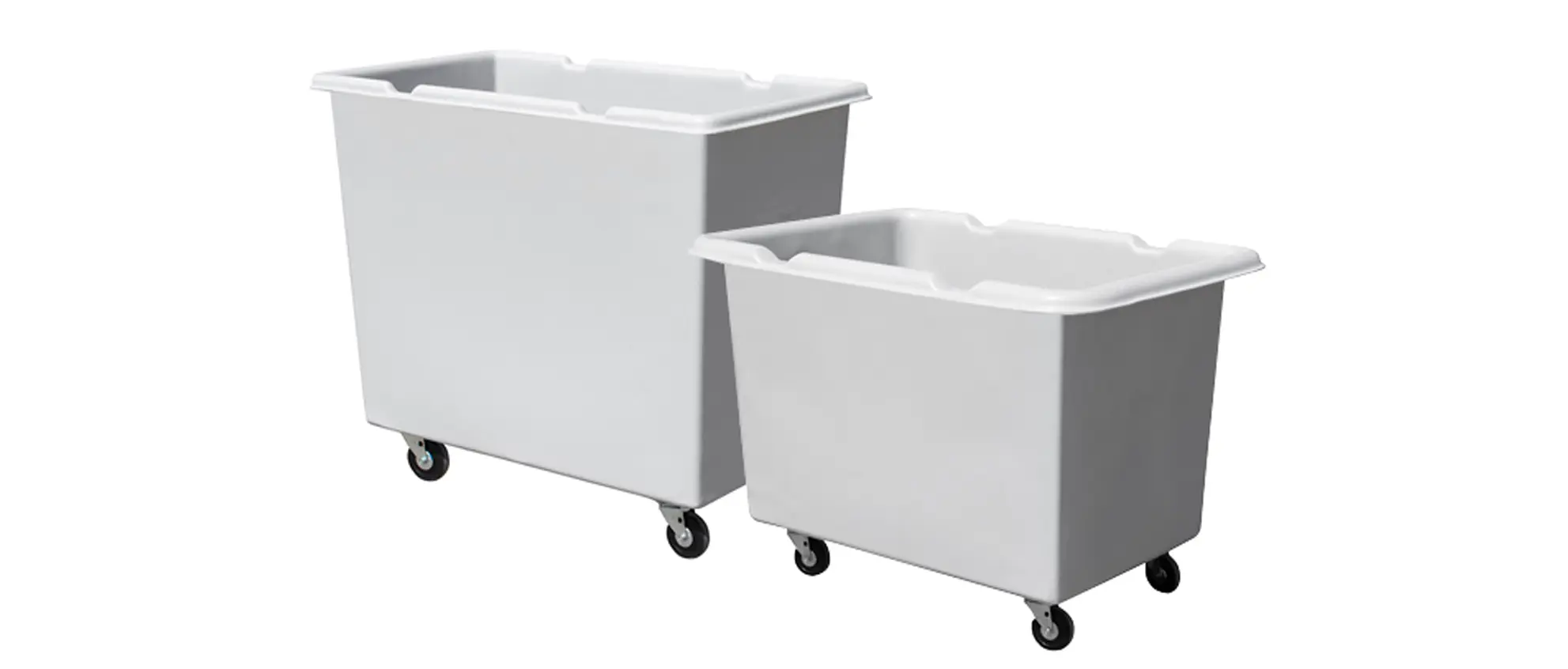


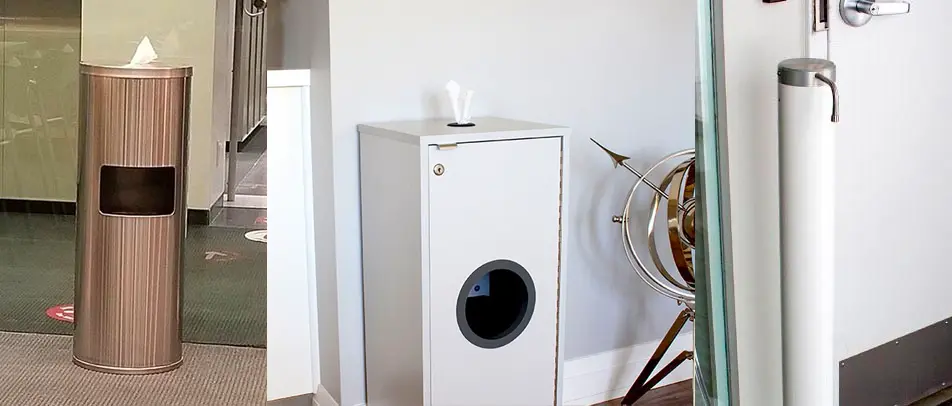
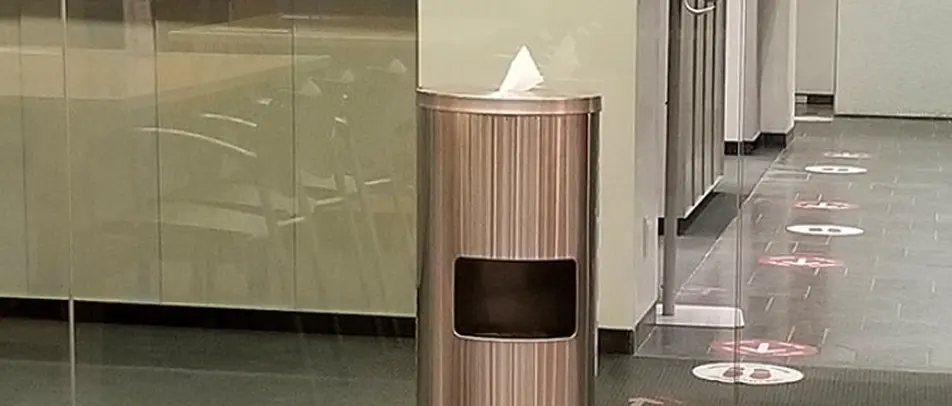


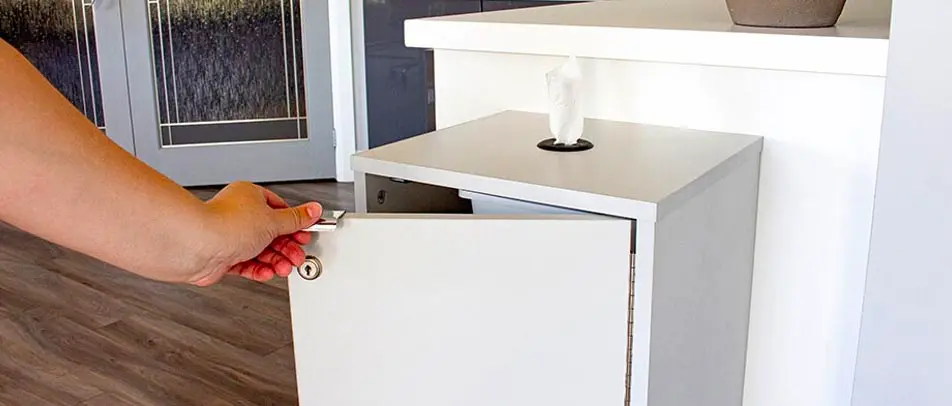
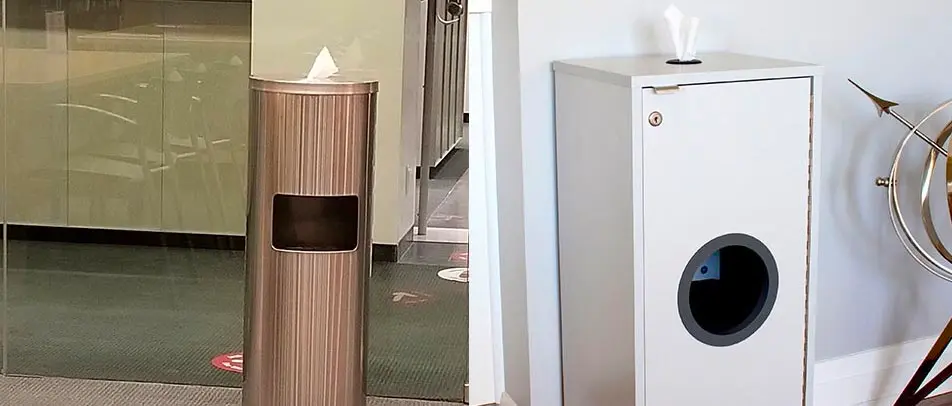


 Three Ways to Engage Teams and Clients to Maximize Your Recycling Program Engagement
Three Ways to Engage Teams and Clients to Maximize Your Recycling Program Engagement  How to Integrate Accessibility Into Your Sustainability Planning
How to Integrate Accessibility Into Your Sustainability Planning  Why Park Benches Can Promote Workplace Well-Being
Why Park Benches Can Promote Workplace Well-Being 
